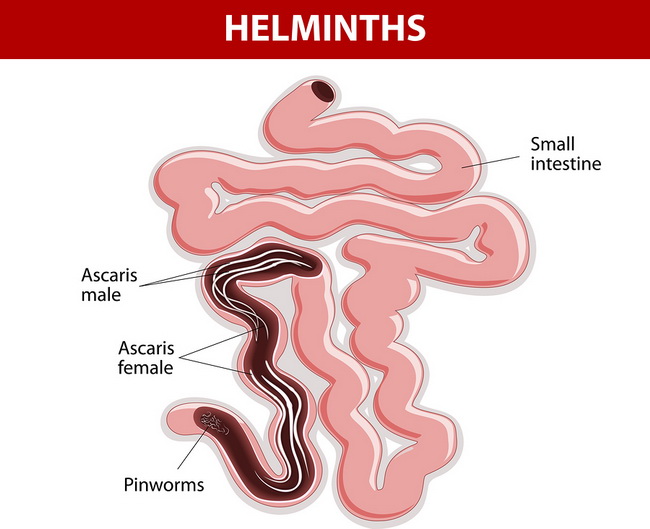- Make It Yourself Lavender Heart-Shaped Bath Bombs!
- 20 Things You Never Knew About “Down There”
- 12 Best Foods For Those Suffering From Arthritis Pain
- 12 Personal Hygiene Mistakes Almost Everyone Makes (Mom Never Told You About #4!)
- 15 Medicinal Plants And Herbs From The Cherokee People
- 12 Mind-Blowing Benefits Of Drinking Coconut Water During Pregnancy
- 12 Outstanding Winter Foods That Won’t Fatten You Up Like A Christmas Turkey
How to Tell if You Have Parasites and What to Do About Them

Photo credit: bigstock.com
Most Americans believe that internal parasites are something that happens to people in “other countries,” such as third world or developing countries. It is true that you will find parasites there, perhaps more so than more developed parts of the world, but that does not mean that parasites do not exist in more advanced cultures.
It’s pretty disgusting to think that you are a host to some type of bug that is living off of your body, but it is much more common than you might think. More than 3 billion people in this world suffer from some type of internal parasite, according to the World Health Organization, and not all of these people live in poor or underdeveloped countries.
You have probably heard (or seen) those horror stories of people throwing up 3 foot long tapeworms, and although some parasites can grow to enormous sizes, most of them are so small you can only see them in a microscope.
What kind of parasites are we talking about?
Your body is literally a walking, talking warehouse that is crawling with hundreds (maybe even thousands) of strains of yeast and bacteria. Your digestive track alone has about 3 pounds of bacteria. In the right balance, these bacteria are a good and necessary thing for proper digestion.
Parasites are classified into many different groups but for our purposes here, we can nail them down into two basic types: protozoa and helminthes. Helminthes are worms that cannot multiply inside the human body. Helminthes include such lovely worms as roundworms, pinworms, and tapeworms. (Yuck.) Protozoa, however, have only one cell and easily multiply inside the body and cause serious health issues.
Continue to Page 2
































